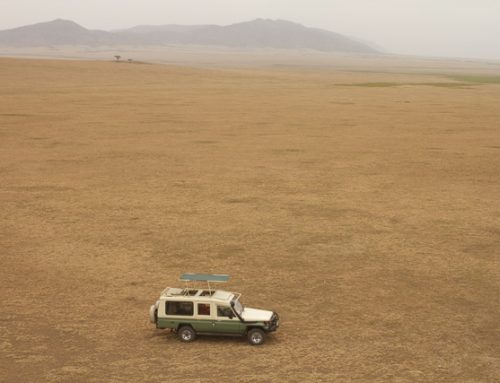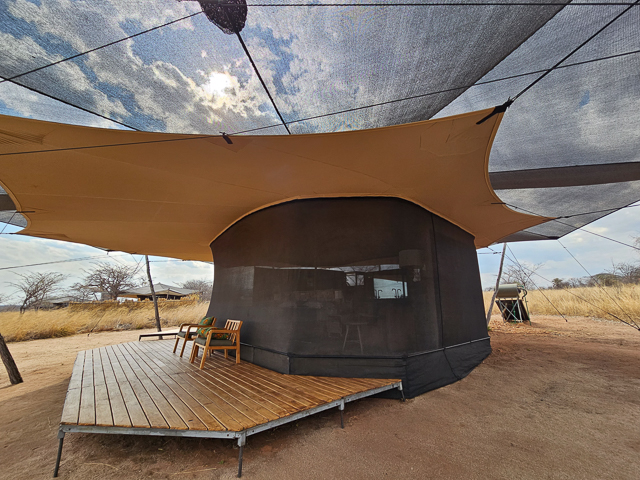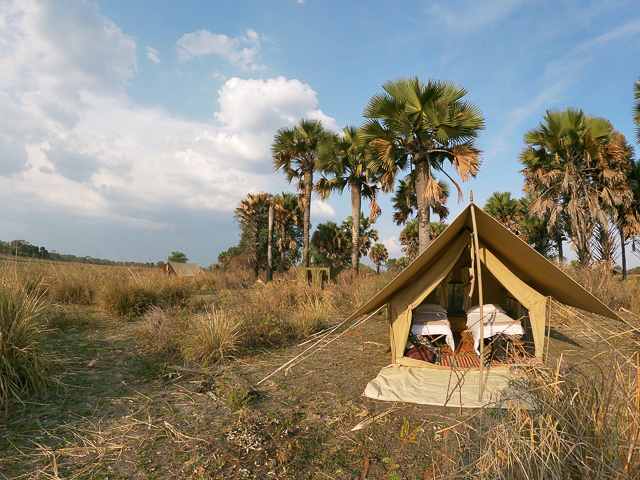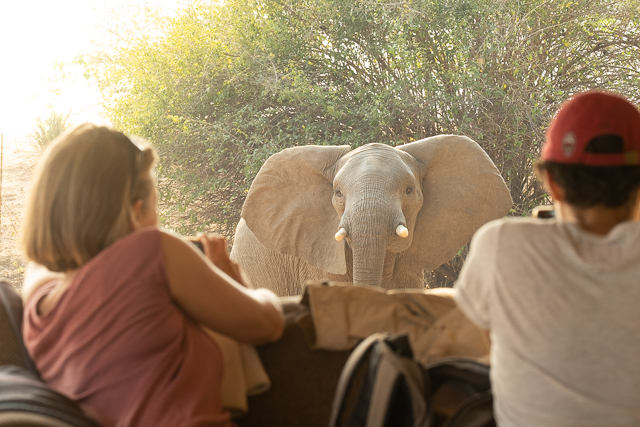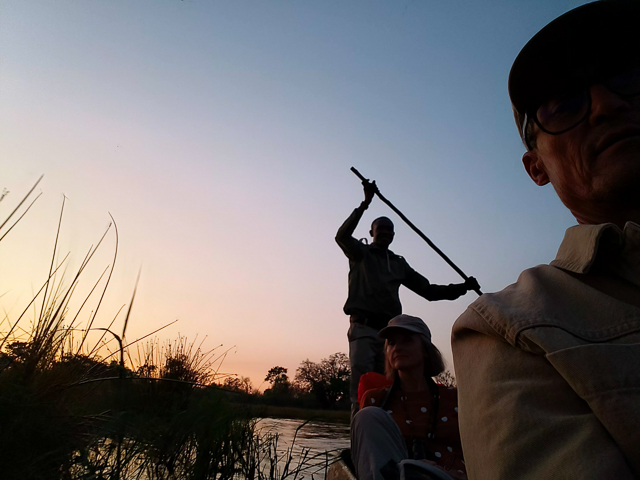The highlight of our safari in August 2019 to Angola was a visit to Cangandala National Park, to find an animal that I had heard about and always wanted to see. The giant sable antelope (Hippotragus niger variani) is Angola’s national symbol. It is a subspecies of sable antelope and is known in Portuguese as the Palanca negra gigante. This rare and critically endangered ungulate is endemic to the region between the Cuango and Luando rivers in Angola.
I discovered some interesting myths that seemed widespread in Angola. The giant sable is so rare that many Angolan’s believe that it is extinct. If you tell someone that you have seen one, they invariably insist that you are lying. If you show them a photograph, they claim that it must be an old photograph, taken before they went extinct. If you show them a sable cow (which is brown in colour), they do not think it is a sable, saying that they are much bigger and black, not brown.
Quite a bit of research and effort was made in order to come here to see them, as the area where we went to see the giant sable in Cangandala National Park is not open to tourism. We were privileged to spend time in the park with the man who, through his passion and dedication, has probably done more than anyone to save the giant sable from extinction, Dr Pedro Vaz Pinto.
Thirty years of civil war meant that much of the wildlife in Angola was killed to feed soldiers on both sides, and the giant sable population was almost wiped out. When Pedro started his research of the palanca in 2002, there were a total of nine giant sable in Cangandala National Park, all of which were females. The lack of a sable bull meant that the sable cows were now starting to interbreed with roan antelope (Hippotragus equinus), a close relative of the sable.
Pedro’s first task was to build an enclosed sanctuary of over ten thousand acres (4400 ha), capture the nine remaining cows and their hybrid calves, and put them in the sanctuary. Then he sterilized the hybrids to prevent cross-breeding, but he needed more individuals to save the sub-species. It was rumoured that some giant sable (between one hundred and one hundred and twenty individuals) had survived in Luando National Park, about 60 miles South of Cangandala. Pedro managed to import a giant sable bull from Luando National Park with the help of an Angolan Air force helicopter. Then he discovered that only two of the sable cows were still fertile, so he had to bring in six more young cows from Luando to bolster the breeding herd.
With much care and nurturing (and of course vital sponsorship) this population is starting to thrive and is now up to about eighty animals. We were privileged not only to get to see these critically endangered animals, but we also counted more than eighteen young calves in one breeding herd.
Today thanks to Pedro’s hard work and dedication there are probably around two hundred and fifty giant sable, about a third of which are in Cangandala. Thank you Pedro for all that you do!
Dave
More information on the giant sable antelope
The giant sable is listed on the International Union for Conservation of Nature´s (IUCN) Red list of critically endangered species.
Donations to Pedro´s giant sable project was made by A Step Ahead and our client John Geigert to giantsable.org .
Link to the story on the IUCN website of the rescue of the giant sable in 2009.
Link to the Angola Field Group page on the giant sable.
Link to the African Wildlife Foundation information page on the sable Hippotragus niger, showing a distribution map including the isolated area to the west in Angola inhabited by the giant sable Hippotragus niger variani





